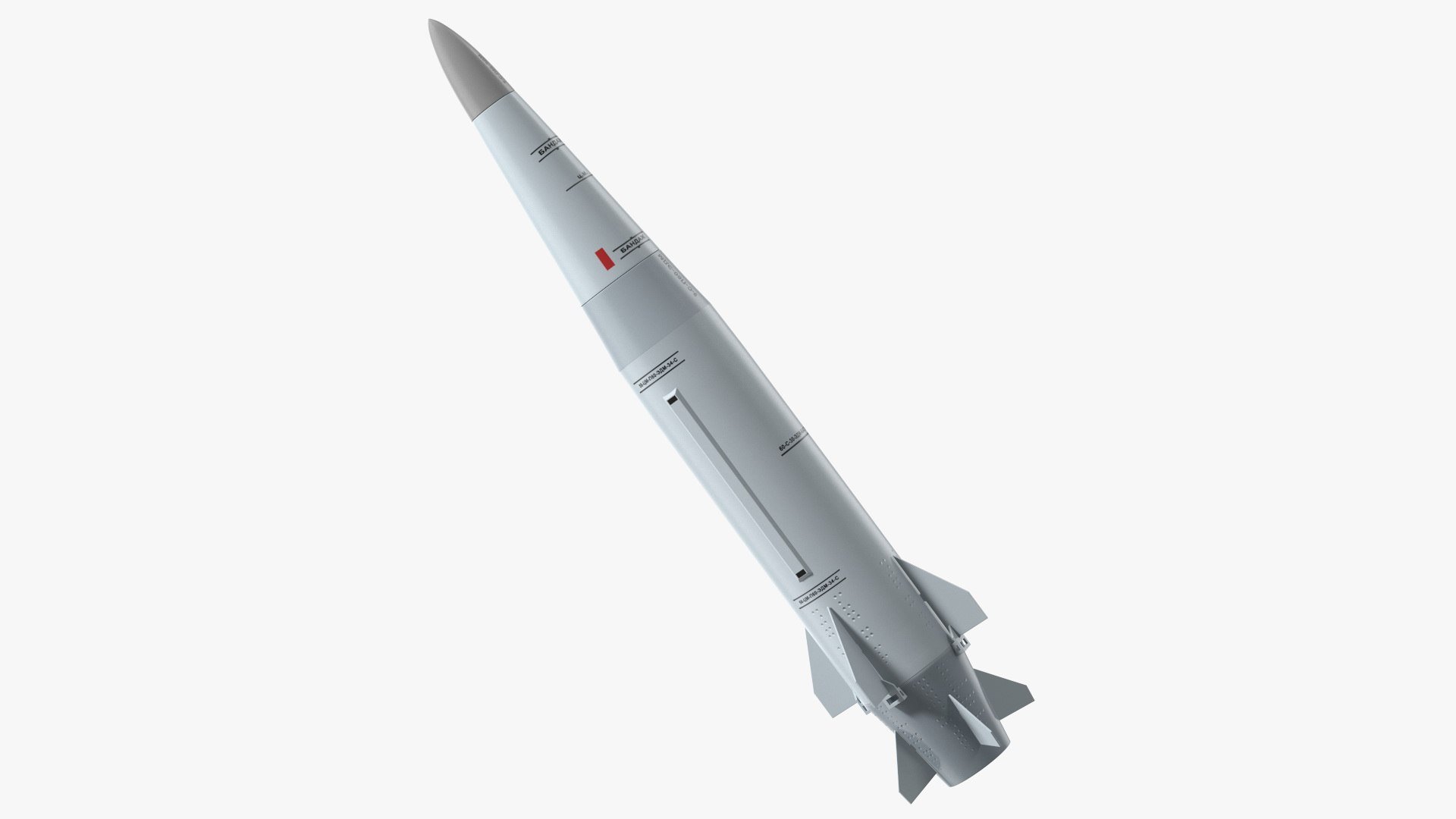On June 3, 2025, Russia marked a significant escalation in the ongoing conflict with Ukraine through the first deployment of its Kinzhal hypersonic missile against the port city of Mykolaiv. This high-speed strike not only disrupted essential infrastructure but also activated air raid sirens throughout the region, heightening international concern over Russia’s advanced military capabilities. To understand the implications of this missile’s deployment, it’s essential to delve into what the Kinzhal missile is and why its use in Ukraine is noteworthy.
The Kh-47M2 Kinzhal, popularly known as “Dagger,” is a nuclear-capable hypersonic missile engineered by Russia to defeat modern missile defense systems. First introduced by President Vladimir Putin in 2018, the Kinzhal was designed for high-impact strikes against high-value targets while operating at extreme velocities that make it difficult to detect or intercept. The missile is primarily launched from MiG-31K fighter jets, with plans for future integration with Tu-22M3 bombers.
Kinzhal Missile Specifications and Features
Several key specifications define the Kinzhal’s formidable capabilities:
- Type: This missile operates as an air-launched aeroballistic hypersonic missile.
- Speed: The Kinzhal can reach speeds up to Mach 10, approximately 12,000 km/h.
- Range: The missile’s range is estimated to be between 1,500 to 2,000 kilometers when launched from MiG-31K. There are indications that it could cover distances exceeding 3,000 kilometers if launched from Tu-22M3.
- Warhead: It can carry either a conventional or nuclear warhead, weighing between 480 to 500 kilograms.
- Guidance System: The missile employs inertial navigation alongside GLONASS, Russia’s satellite positioning system.
- Launch Platforms: The primary platform is the MiG-31K, with potential future launches from the Tu-22M3 and possibly the new MiG-41.
- Primary Targets: The Kinzhal is designed to target hardened bunkers, critical infrastructure, naval vessels, and weapon depots belonging to NATO forces.
- Key Advantage: Its extreme speed combined with mid-flight maneuverability makes it notably challenging to intercept.
Why Is the Kinzhal Missile Considered Hypersonic?
Hypersonic missiles are characterized by their ability to travel at speeds greater than Mach 5. The Kinzhal significantly exceeds this criterion, achieving speeds up to Mach 10. Unlike conventional ballistic missiles, the Kinzhal performs as an aeroballistic missile, allowing for limited maneuvers at high altitudes. This maneuverability during flight enhances the challenges associated with tracking and intercepting it, particularly in the midcourse phase.
However, some experts have raised questions about whether the Kinzhal can be classified as a “true” hypersonic weapon, suggesting that its trajectory and functions resemble those of modified Iskander ballistic missiles.
Comparative Analysis with Other Hypersonic Missiles
In comparison to other hypersonic missiles on the global stage, the Kinzhal offers unique characteristics:
| Feature | Kinzhal (Russia) | Avangard (Russia) | DF-ZF (China) | ARRW (USA) |
|---|---|---|---|---|
| Launch Platform | Air-launched (MiG-31K) | ICBM (boost-glide) | Ballistic missile (HGV) | Air-launched (B-52) |
| Speed | Mach 10 | >Mach 20 | Mach 5–10 | Mach 5–8 (planned) |
| Range | ~2,000 km | >6,000 km | ~2,000 km | ~1,600 km (planned) |
| Warhead | Nuclear/Conventional | Nuclear only | Conventional | Conventional |
| Guidance | Inertial + GLONASS | Inertial + GLONASS | Inertial + BeiDou | Inertial + GPS |
While the Kinzhal boasts superior speed and flexibility compared to many traditional missiles, it falls short of the maneuverability displayed by next-generation hypersonic glide vehicles like the Avangard and DF-ZF.
Interception Challenges
The difficulty of intercepting a missile traveling at Mach 10 cannot be overstated:
- Advanced air defense systems, such as Patriot PAC-3 and SAMP/T, can engage with fast targets but often struggle against the agility of hypersonic missiles.
- While Ukraine has claimed successful interceptions of Kinzhal missiles, Russia contests these assertions.
- Experts indicate that interception could only successfully occur during the missile’s final descent phase, provided that precise trajectory data is available. This limitation reveals a significant gap in current global missile defense technologies.
Conclusion
The Kinzhal missile strike on Mykolaiv serves as a potent illustration of Russia’s precision strike capabilities within the context of long-range hypersonic weaponry. Its deployment underscores the evolving nature of contemporary warfare and exposes vulnerabilities in existing defense frameworks. As the global arms race shifts toward dominance in hypersonic technologies, understanding the Kinzhal’s role in the Russia-Ukraine conflict becomes crucial for comprehending the future dynamics of strategic deterrence and missile defense.










